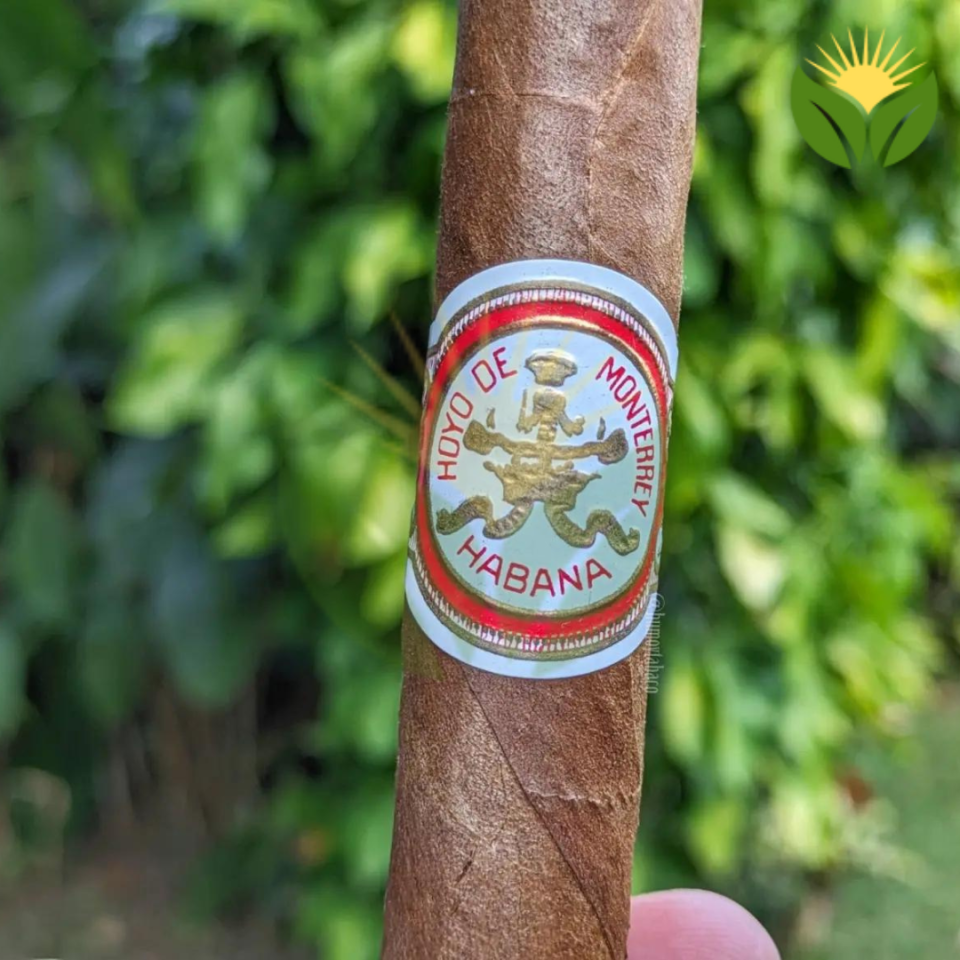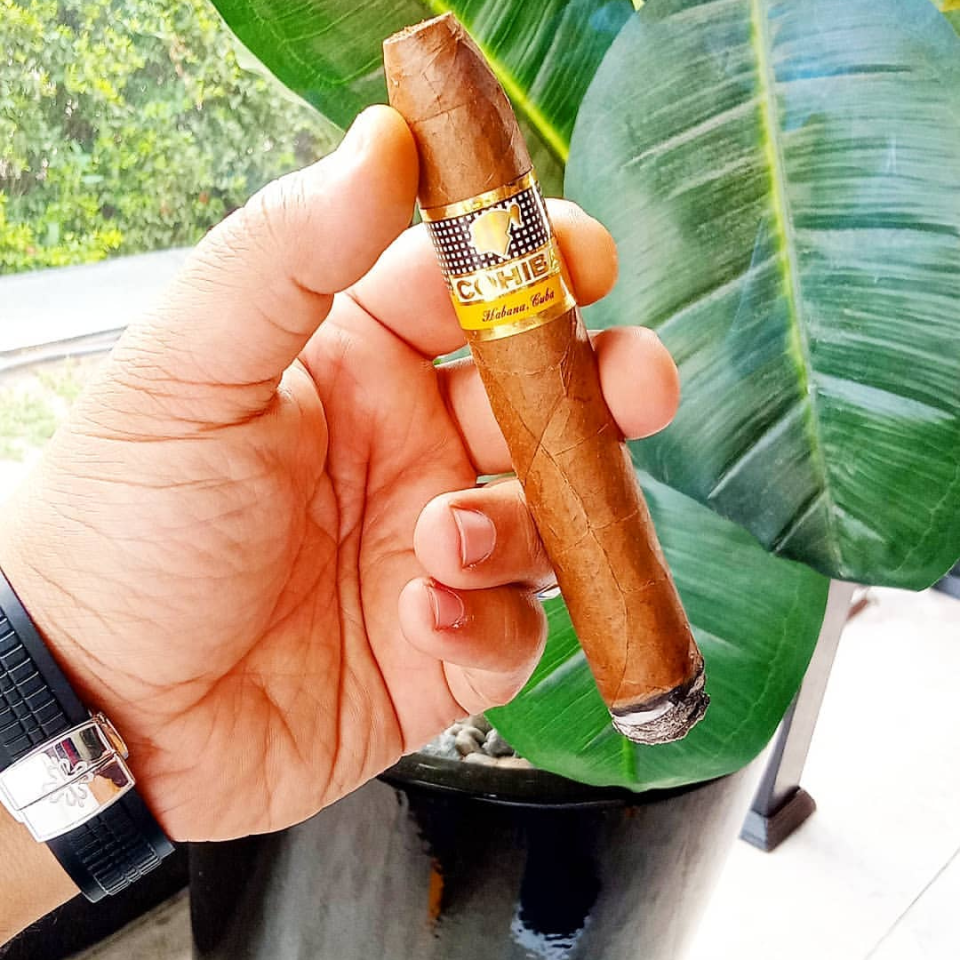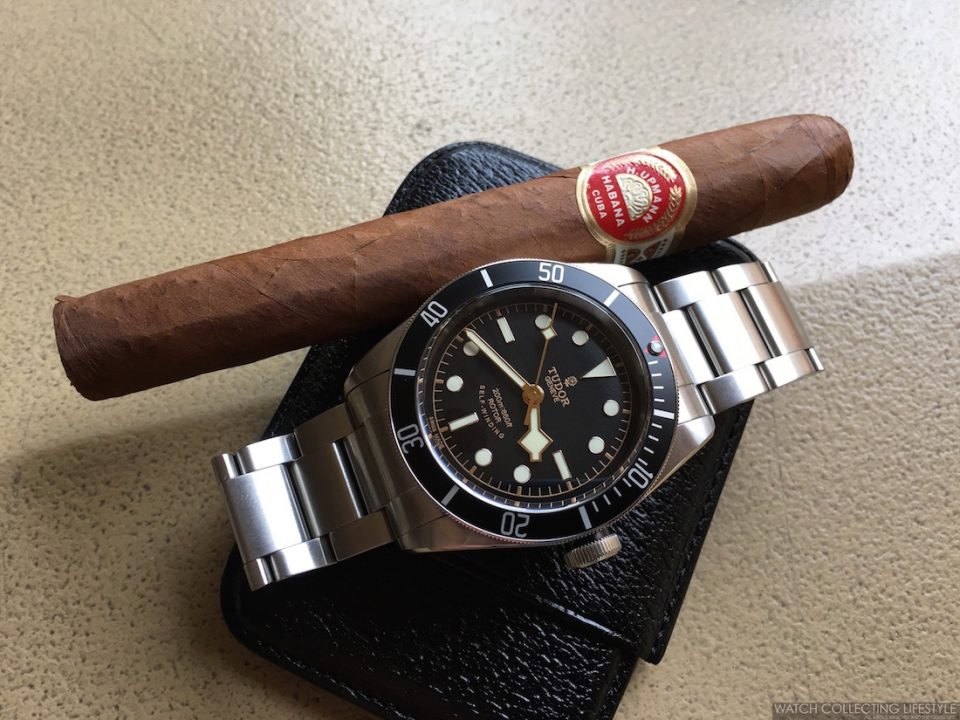Comparing Cuban and Non-Cuban Montecristo Cigars – What's the Difference?
Welcome to our comprehensive guide about Montecristo Cuban cigars. In this article, we’ll explore everything you need to know about Montecristo Cuban cigars, from selection and storage to appreciation and enjoyment. Whether you’re a seasoned aficionado or new to the world of Montecristo Cuban cigars, this guide provides valuable insights and expert knowledge.
Table of Contents
- Introduction to Montecristo Cuban cigars
- History and Heritage
- How to Select Montecristo Cuban cigars
- Storage and Aging
- Enjoying Your Montecristo Cuban cigars
- Frequently Asked Questions
Montecristo cigars are renowned for their exquisite craftsmanship and rich, complex flavors. However, there is a key distinction between Cuban and non-Cuban Montecristo cigars that aficionados should be aware of. In this detailed comparison, we will examine into the differences between these two varieties, exploring factors such as taste, construction, and availability. Whether you are a seasoned cigar connoisseur or just beginning to explore the world of premium cigars, understanding the unique characteristics of Cuban and non-Cuban Montecristo cigars will enhance your smoking experience and appreciation for this iconic brand.
Characteristics of Cuban Montecristo Cigars for Montecristo Cuban cigars
While comparing Cuban and non-Cuban Montecristo cigars, it is crucial to understand the distinct qualities that set them apart. For a detailed analysis of the differences between Dominican and Cuban Montecristo cigars, you can refer to Difference Dominican & Cuban Montecristo.
Flavor Profile
For aficionados seeking a rich and complex smoking experience, Cuban Montecristo cigars are renowned for their distinctive flavor profile. The cigars are known for their smooth earthy tones with hints of cocoa, pepper, and a touch of sweetness, providing a luxurious smoking sensation.
Tobacco Cultivation and Processing
Cultivation
It is vital to highlight the meticulous process of tobacco cultivation and processing that contributes to the exceptional quality of Cuban Montecristo cigars. The Cuban soil, climate, and expertise in cultivating premium tobacco leaves result in a unique flavor profile and smoking experience that is unmatched.
Regulatory Standards
Tobacco
In the matter of regulatory standards, Cuban Montecristo cigars adhere to strict guidelines set by the Cuban government to ensure consistency and quality. From seed to cigar, every step in the production process is closely monitored to maintain the brand’s reputation for excellence.
Brand Legacy in Cuba
Cuba
Understanding the brand legacy of Montecristo in Cuba unveils a rich history of tradition and craftsmanship. With roots dating back to the 1930s, Cuban Montecristo cigars have become iconic symbols of Cuban cigar-making expertise, beloved by enthusiasts worldwide for their unparalleled quality and heritage.
Characteristics of Non-Cuban Montecristo Cigars for Montecristo Cuban cigars
Flavor Variations
Not only are Non-Cuban Montecristo cigars crafted with the utmost care and precision, but they also offer a wide range of flavor profiles to suit different preferences. From creamy and smooth to rich and robust, these cigars boast a complexity that appeals to a diverse audience of cigar enthusiasts.
Sourcing of Tobacco
To ensure the exceptional quality of their cigars, Non-Cuban Montecristo sources tobacco from various regions known for producing top-notch tobacco leaves. By carefully selecting the finest tobacco, these cigars are able to deliver a consistent and superior smoking experience.
Understanding the importance of the sourcing process is key to appreciating the depth and complexity of Non-Cuban Montecristo cigars. By choosing the best tobacco from different regions, cigar makers can create blends that showcase a harmonious balance of flavors and aromas.
Manufacturing Locations
Tobacco used in Non-Cuban Montecristo cigars is typically sourced from countries such as the Dominican Republic and Nicaragua. These regions are renowned for their fertile soil and ideal climate conditions, which contribute to the exceptional quality of the tobacco used in these cigars.
Market Presence and Recognition
Presence in the global market, Non-Cuban Montecristo cigars have gained recognition for their consistent quality and exquisite craftsmanship. With a strong following of loyal aficionados, these cigars continue to be a staple in the premium cigar industry.
With a long history and a commitment to excellence, Non-Cuban Montecristo cigars stand out as a symbol of quality and luxury in the world of cigars.
Analytical Comparison for Montecristo Cuban cigars
Similarities Between Cuban and Non-Cuban Montecristos
Comparison: Both Cuban and non-Cuban Montecristo cigars are crafted with the highest quality tobacco leaves and are known for their rich flavors, smooth draws, and impeccable construction. They both offer aficionados a luxurious smoking experience that is highly sought after in the cigar world.
Key Differences and Their Impacts
Montecristos: To truly understand the differences between Cuban and non-Cuban Montecristos, one must consider factors such as tobacco quality, blending techniques, and aging processes. Cuban Montecristos are renowned for their earthy and robust flavors, often attributed to the unique Cuban soil and climate. On the other hand, non-Cuban Montecristos offer a different profile with possibly more diverse flavor notes due to the use of tobacco from various regions.
Consumer Perspectives for Montecristo Cuban cigars
Perceived Quality and Prestige
To the discerning cigar aficionado, the perceived quality and prestige of a Montecristo cigar can vary significantly between Cuban and non-Cuban varieties. Cuban Montecristos are often revered for their rich history, intricate flavor profiles, and unmatched authenticity. Their non-Cuban counterparts, while crafted with precision and expertise, may lack that inherent allure and mystique associated with Cuban tobacco.
Availability and Accessibility
Quality is often a subjective matter when it comes to comparing Cuban and non-Cuban Montecristo cigars. Cuban Montecristos, due to their limited availability and restrictions on distribution, are considered more exclusive and elusive. On the other hand, non-Cuban Montecristos are more widely accessible, making them easier to procure for enthusiasts worldwide.
Price Comparisons
Cuban MontecristoNon-Cuban Montecristo
| Due to their restricted availability and the allure of Cuban craftsmanship, Cuban Montecristos tend to be priced higher than their non-Cuban counterparts. | Non-Cuban Montecristos, being more readily available, are generally priced lower compared to their Cuban counterparts. |
Summing up for Montecristo Cuban cigars
Following this detailed comparison of Cuban and Non-Cuban Montecristo cigars, it is clear that while both offer high-quality smoking experiences, there are significant differences in flavor profiles, construction, and consistency. Cuban Montecristos are known for their earthy and robust flavors, while Non-Cuban versions tend to be more diverse and experimental. Construction-wise, Cuban cigars are renowned for their expert craftsmanship, while Non-Cuban counterparts may vary in quality. Ultimately, the choice between the two comes down to personal preference and availability, with both offering unique qualities that cater to different smoking preferences.
FAQ for Montecristo Cuban cigars
Q: What are the key differences between Cuban and Non-Cuban Montecristo Cigars?
A: The key differences lie in the tobacco used. Cuban Montecristo cigars are made with tobacco solely from Cuba, known for its unique flavor profile. Non-Cuban Montecristo cigars are made with tobacco sourced from various countries, resulting in a different taste and aroma.
Q: Are Cuban Montecristo cigars superior to Non-Cuban Montecristo cigars?
A: Superiority is subjective and depends on personal preferences. Cuban Montecristo cigars are highly sought after for their authenticity and traditional craftsmanship, while Non-Cuban Montecristo cigars offer diversity in flavor profiles due to the blend of tobaccos from different regions.
Q: How does the pricing of Cuban and Non-Cuban Montecristo cigars compare?
A: Cuban Montecristo cigars tend to be more expensive due to their exclusivity and the restrictions on Cuban goods in certain markets. Non-Cuban Montecristo cigars are generally more affordable and accessible to a wider range of smokers.
Q: Can the average smoker distinguish between Cuban and Non-Cuban Montecristo cigars in a blind taste test?
A: Some experienced smokers may be able to distinguish the origin of the cigar based on subtle nuances in flavor, aroma, and construction. However, for the average smoker, the differences may not be as pronounced in a blind taste test.
Summary for Montecristo Cuban cigars
This article about Montecristo Cuban cigars explores the essential aspects that every cigar enthusiast should know. Whether you’re new to Montecristo Cuban cigars or a seasoned aficionado, understanding these key points will enhance your appreciation of authentic Cuban cigars.
Related Premium Cuban Cigars for Montecristo Cuban cigars
If you’re interested in Montecristo Cuban cigars, explore these exceptional Cuban cigars from our collection:
- Hoyo de Monterrey Epicure No. 1 – Premium authentic Cuban cigars
- Partagas Churchill De Luxe – Premium authentic Cuban cigars
- Romeo y Julieta Short Churchill – Premium authentic Cuban cigars
Learn More About Cuban Cigars for Montecristo Cuban cigars
Expand your knowledge about Montecristo Cuban cigars and Cuban cigar culture:
- Read expert reviews at Cigar Aficionado
- Discover cigar history on Wikipedia
- Get industry insights from Halfwheel
Shop Authentic Cuban Cigars for Montecristo Cuban cigars
Ready to experience the excellence of Montecristo Cuban cigars? Browse our complete collection of authentic Cuban cigars with guaranteed authenticity, optimal storage, and worldwide shipping. Whether you’re seeking specific brands mentioned in this article about Montecristo Cuban cigars or exploring new options, we’re your trusted source for genuine Cuban cigars online.
Explore Our Premium Montecristo Cuban cigars Collection
Ready to experience authentic Montecristo Cuban cigars? Browse our carefully curated selection:
- Cohiba Lanceros 25 – Premium authentic Cuban cigars
- H Upmann Magnum 48 LE 2009 – Premium authentic Cuban cigars
- Cohiba Siglo VI – Premium authentic Cuban cigars
- Romeo y Julieta Belicosos – Premium authentic Cuban cigars
- Cohiba Double Corona Limited Edition 2003 VINTAGE – Premium authentic Cuban cigars
Related Articles About Montecristo Cuban cigars
Continue learning about Montecristo Cuban cigars with these informative articles:
- The Untold Stories Behind Romeo y Julieta – Belvederes
- The Unique Flavor Profile of Vegas Robaina Cigars – A Closer Look
- The Personalities Behind Cuba's Cigar Industry – A Historical Perspective
Expert Resources on Montecristo Cuban cigars
Learn more about Montecristo Cuban cigars from these authoritative sources:
- Cigar Aficionado – Expert reviews and ratings
- Wikipedia – History of Cuban cigars
- Halfwheel – Industry news and reviews
Start Your Montecristo Cuban cigars Journey Today
Now that you’ve learned about Montecristo Cuban cigars, it’s time to experience them yourself. Browse our complete collection of authentic Cuban cigars and discover why Montecristo Cuban cigars are treasured by aficionados worldwide. With our guarantee of authenticity, expert curation, and worldwide shipping, your perfect Montecristo Cuban cigars experience is just a click away.
Remember: Whether you’re new to Montecristo Cuban cigars or a seasoned enthusiast, we’re here to help you find the perfect cigars for your taste and occasion. Don’t hesitate to explore our selection and join the ranks of satisfied customers who have made us their trusted source for authentic Montecristo Cuban cigars.






